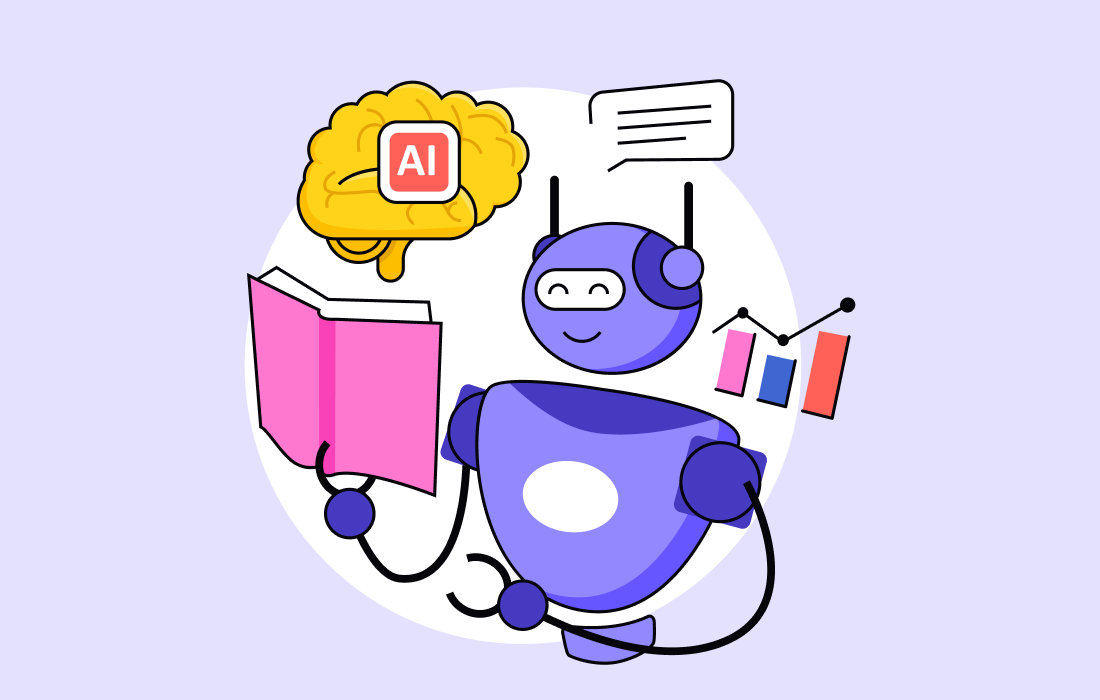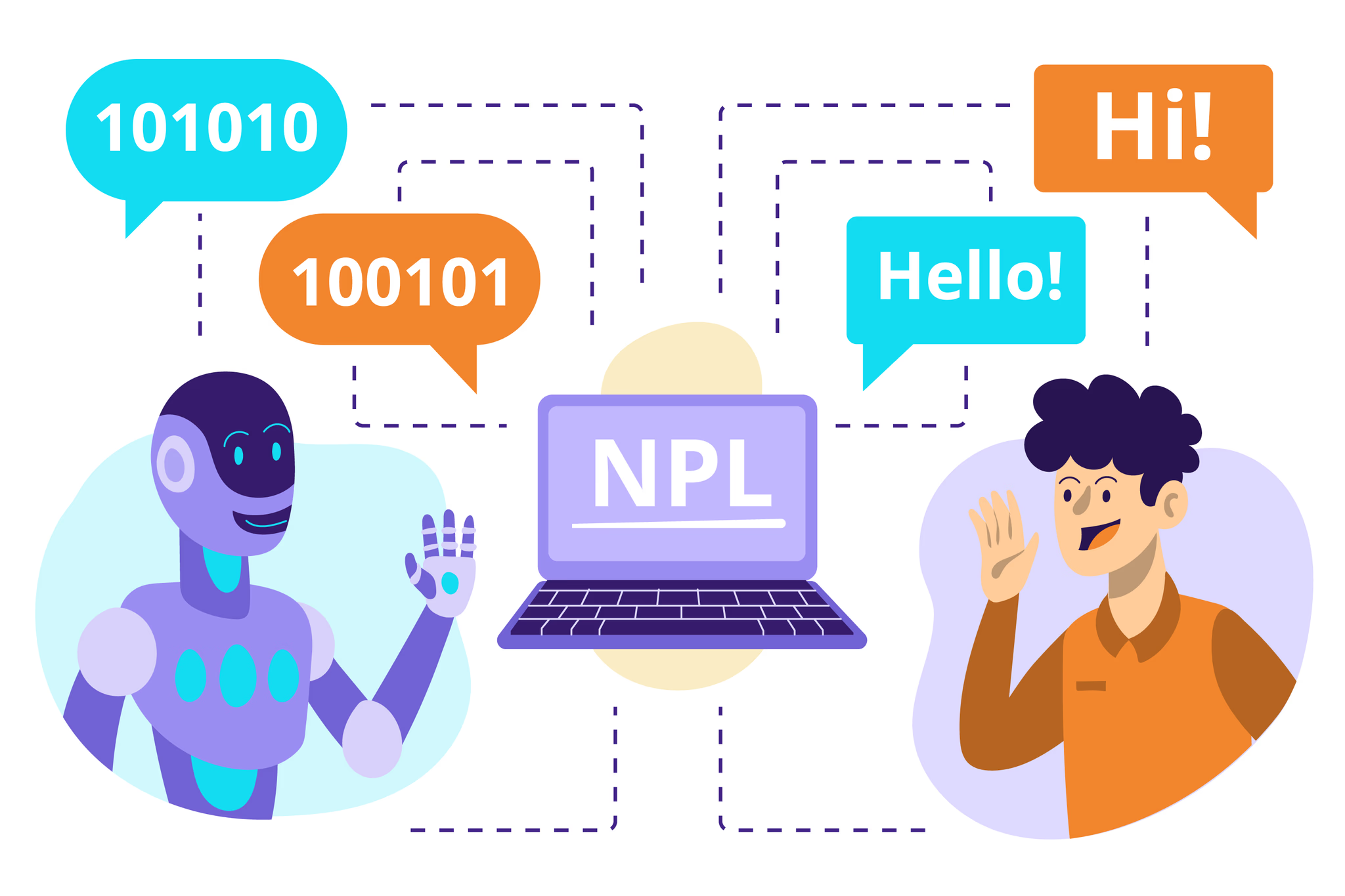Artificial intelligence (AI) is rapidly transitioning from a futuristic concept to an indispensable asset within the modern enterprise. In today’s competitive landscape, leveraging the right AI capabilities is crucial for enhancing efficiency, driving innovation, and achieving strategic goals. The proliferation of AI solutions means businesses now have access to a diverse range of tools, each designed to address specific challenges and unlock new opportunities. Understanding the different types of AI tools for enterprises is the first step towards harnessing their transformative potential.
These tools utilize technologies like machine learning (ML), natural language processing (NLP), and generative AI to automate tasks, extract insights from data, personalize customer experiences, and streamline operations. From sophisticated data analytics platforms to intuitive content creation assistants, AI offers solutions across virtually every business function. This guide explores the primary categories of AI tools available to enterprises, highlighting their key functionalities and demonstrating how they contribute to tangible business value. We will delve into tools for data analysis, communication, content generation, creative asset production, productivity enhancement, and project management, providing examples to illustrate their practical applications in an enterprise setting.
AI Tools for Data Analytics & Business Intelligence
Enterprises generate and collect vast amounts of data, but extracting meaningful insights remains a significant challenge. AI-powered data analytics and business intelligence (BI) tools are designed to tackle this complexity. They employ machine learning algorithms, natural language processing, and advanced data mining techniques to sift through large datasets, identify hidden patterns, predict future trends, and translate complex data into actionable insights. For enterprises, the ability to make faster, more informed decisions based on data is a critical competitive advantage. These types of AI tools empower organizations by democratizing data access and enabling self-service analytics, reducing reliance on specialized data science teams.
ThoughtSpot
ThoughtSpot exemplifies the power of generative AI in enterprise analytics. Its platform, featuring the AI Analyst called Spotter, allows business users to interact with complex company data using natural language queries. This approach democratizes data analysis, enabling employees across departments to find answers to their business questions without extensive training or waiting for analyst reports. ThoughtSpot focuses on security and governance, crucial aspects for enterprise deployments, ensuring that data access remains controlled. It utilizes AI to automatically surface relevant trends and patterns, presenting them clearly to facilitate data storytelling and strategic decision-making. Integrations with common enterprise data sources and platforms further enhance its utility.
Tableau
Tableau, part of the Salesforce ecosystem, is a prominent visual analytics platform incorporating AI to enhance data exploration and insight discovery. Features like ‘Tableau Pulse’ and ‘Tableau Agent’ leverage AI to automatically surface key trends, outliers, and insights from data visualizations in real-time. Users can ask questions in natural language and receive automated insights, accelerating the decision-making process. Tableau’s strength lies in its powerful visualization capabilities combined with AI-driven analytics, making complex data accessible and understandable for a wide range of enterprise users. Its ability to connect to numerous databases and handle large datasets makes it suitable for enterprise-scale deployments.
AI-Powered Communication & Collaboration Tools
Effective communication and seamless collaboration are vital for enterprise success, both internally among teams and externally with customers and partners. AI is increasingly integrated into communication tools to automate responses, personalize interactions, summarize conversations, and facilitate smoother workflows. These AI business applications range from sophisticated chatbots handling customer queries to intelligent assistants streamlining meeting documentation.
AI Chatbots & Virtual Assistants
AI-powered chatbots utilize NLP and large language models (LLMs) to understand user queries and provide human-like conversational responses. In an enterprise context, they are deployed for customer service automation, internal helpdesks, sales support, and more.
- ChatGPT: Developed by OpenAI, ChatGPT demonstrates advanced conversational AI capabilities. Enterprises explore its use for drafting communications, summarizing text, brainstorming ideas, and answering queries. However, careful consideration of data privacy, security risks, and potential response inaccuracies (hallucinations) is essential, necessitating clear usage policies within an enterprise setting, especially when using public versions. Enterprise-specific versions aim to address some of these concerns.
- Gemini: Google’s powerful AI model, Gemini, functions as a versatile chatbot capable of handling text, images, audio, and code. Its multimodal reasoning and deep integration with the Google Workspace ecosystem (Docs, Sheets, Gmail) make it a compelling option for enterprises already invested in Google’s tools, enabling AI assistance directly within familiar workflows.
- Bing AI (Copilot): Integrated into Microsoft’s ecosystem, Bing AI (now often referred to as Copilot) leverages OpenAI’s GPT models. It assists with web searches, content summarization, and even image generation (via DALL·E integration). For enterprises using Microsoft 365, Copilot offers AI capabilities embedded within tools like Teams, Word, and Outlook, aiming to enhance productivity across the organization.
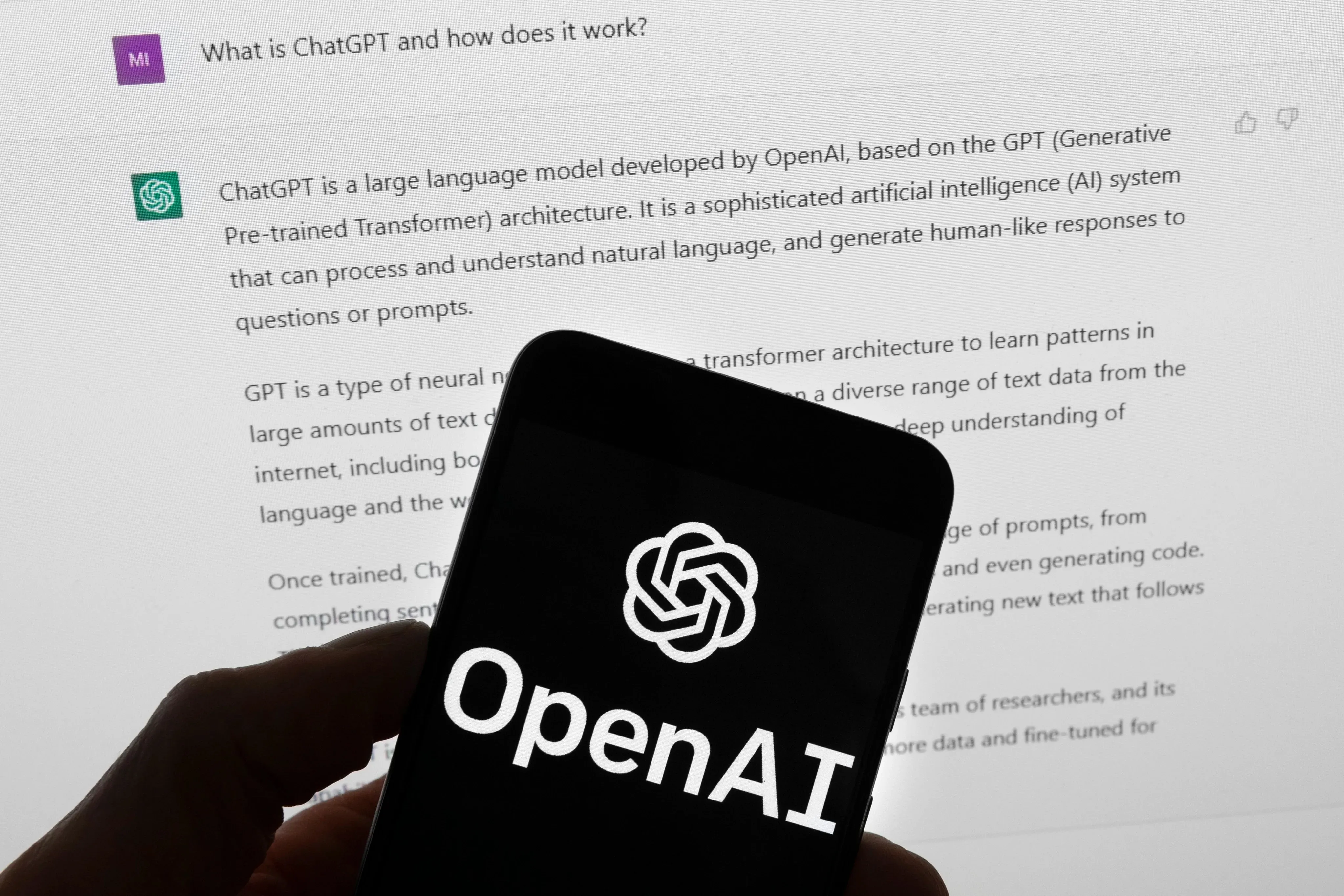 Screenshot of ChatGPT interface showcasing its conversational AI capabilities for enterprise communication tasks
Screenshot of ChatGPT interface showcasing its conversational AI capabilities for enterprise communication tasks
AI Meeting Assistants
Meetings are a staple of enterprise collaboration, but often suffer from inefficient note-taking and follow-up. AI meeting assistants address this by automatically transcribing conversations, identifying key topics, summarizing discussions, and assigning action items.
- Fireflies.ai: This tool acts as an AI assistant that joins meetings on platforms like Zoom, Google Meet, and Microsoft Teams. It automatically records, transcribes, and summarizes discussions. Fireflies.ai can identify speakers, track topics, and help users search through past conversations quickly. Its ability to integrate with CRMs and project management tools streamlines the process of converting meeting outcomes into actionable tasks, significantly boosting team productivity within an enterprise.
AI Tools for Content Creation & Marketing
Content is fundamental to enterprise marketing, sales enablement, internal communications, and knowledge management. AI content creation tools leverage generative AI models to assist in drafting, refining, optimizing, and scaling content production. These tools can generate initial drafts, suggest improvements, ensure brand voice consistency, optimize for search engines (SEO), and personalize content for different audiences, freeing up human creators for more strategic tasks.
Jasper
Jasper is an AI writing assistant designed specifically for marketing and business content creation. It helps users generate various content formats, including blog posts, ad copy, emails, product descriptions, and social media updates. A key feature for enterprises is its ability to learn and adapt to a specific brand voice, ensuring consistency across all AI-generated content. Jasper integrates with various platforms and focuses on producing high-quality, engaging content efficiently, supporting enterprise content teams in meeting demanding production schedules.
HubSpot AI
HubSpot integrates AI features directly into its comprehensive CRM and marketing automation platform. Tools like Content Assistant help users brainstorm ideas, create outlines, and draft content for blogs, emails, and landing pages directly within the HubSpot ecosystem. AI capabilities also extend to SEO recommendations, email subject line generation, and AI-powered analytics dashboards that provide insights into marketing and sales performance. This tight integration is particularly beneficial for enterprises using HubSpot as their central marketing and sales hub.
Writersonic
Writersonic is another AI writing tool capable of generating a wide range of content, from short-form social media copy to long-form articles and whitepapers. It utilizes real-time data (like Google search results) for research, helping to create timely and relevant content. Writersonic also includes features for generating AI images and voiceovers, offering enterprises a more comprehensive suite for multimedia content creation. Its flexibility in adjusting tone and style makes it adaptable for various enterprise communication needs.
Frase.io
Frase.io focuses specifically on creating SEO-optimized content that aligns with user search intent. It uses AI to analyze top-ranking online content for a given topic, identifies key themes and questions users are asking, and generates detailed content briefs. This helps enterprise content teams and SEO professionals streamline research and planning, ensuring their content is comprehensive, relevant, and structured to perform well in search results. It also offers features for content optimization by comparing drafts against top competitors.
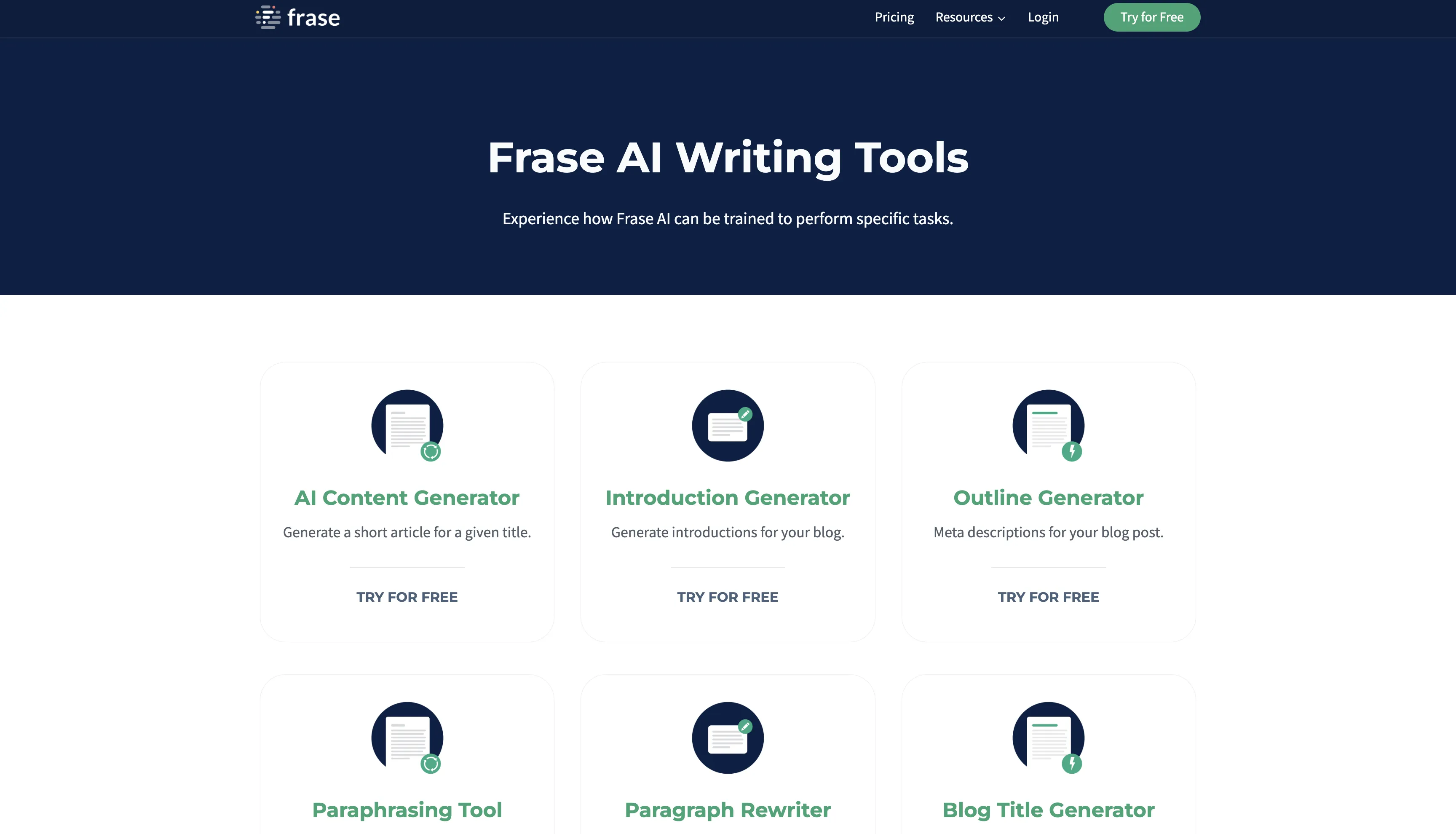 Frase.io interface highlighting AI-driven content brief generation for enterprise SEO content strategy
Frase.io interface highlighting AI-driven content brief generation for enterprise SEO content strategy
AI Tools for Creative Asset Generation
Visual content and multimedia are increasingly important for enterprise branding, marketing campaigns, presentations, and internal training. AI tools for image and video creation allow users to generate unique visuals, edit videos efficiently, and repurpose content across different formats using text prompts or simple interfaces. These tools democratize creative production, enabling enterprise teams to produce high-quality assets faster and often at a lower cost.
Midjourney
Midjourney is renowned for its ability to generate highly artistic and often complex images from textual descriptions (prompts). Accessed primarily through Discord, it allows users to specify desired styles, moods, and compositions. While initially popular among artists and designers, enterprises can leverage Midjourney for creating unique illustrations, concept art, or visually striking marketing materials. Users need to craft detailed prompts to achieve desired results, and commercial usage rights depend on the subscription plan.
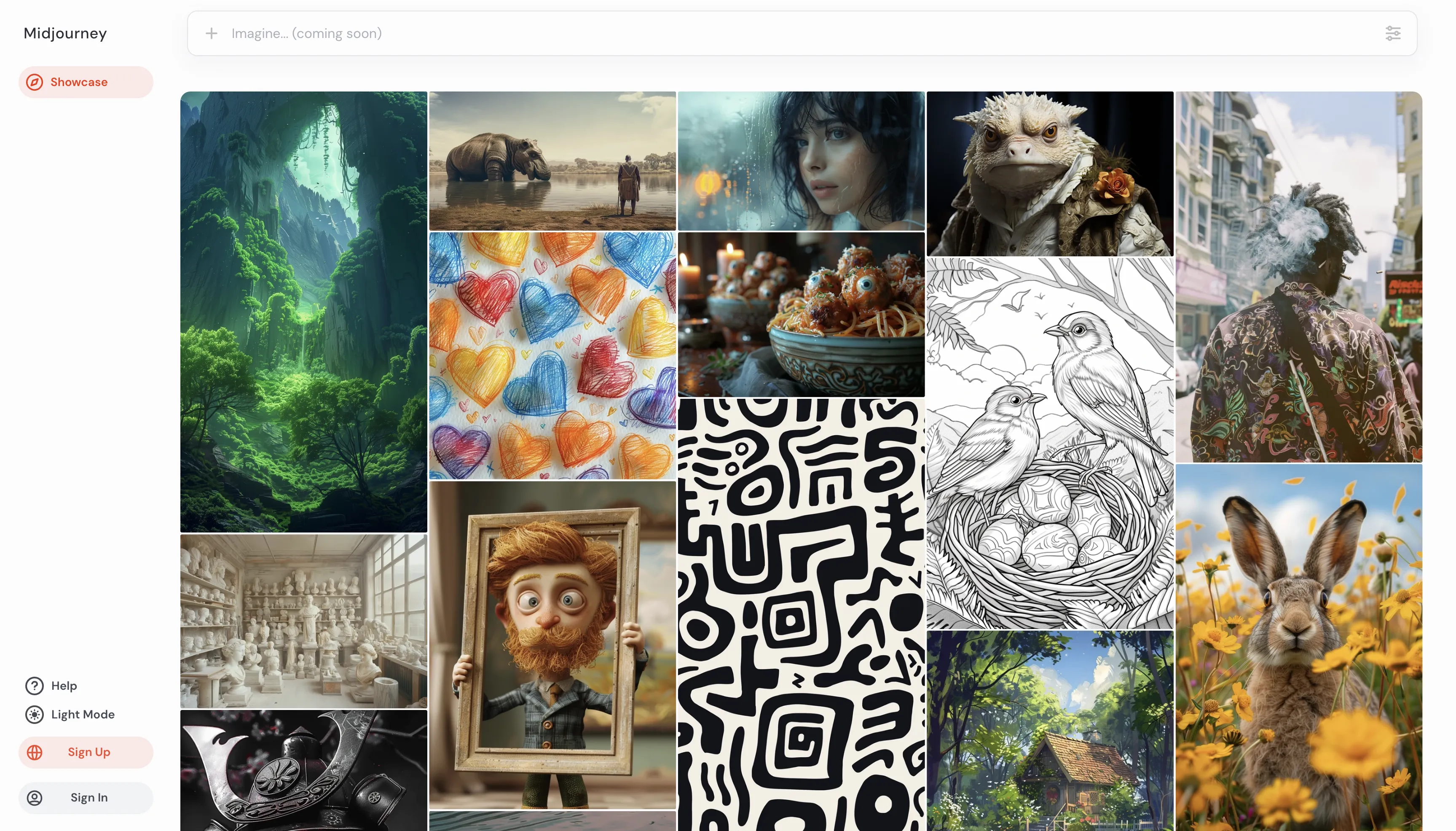 Example grid of complex images generated by Midjourney, showcasing AI text-to-image capabilities for enterprise creative assets
Example grid of complex images generated by Midjourney, showcasing AI text-to-image capabilities for enterprise creative assets
Adobe Firefly
Adobe Firefly is Adobe’s family of creative generative AI models, integrated into its Creative Cloud suite (including Photoshop and Illustrator) and available as a standalone web application. Designed with commercial use and safety in mind, Firefly focuses on generating images, text effects, and vector graphics from prompts, trained on licensed content. Features like Generative Fill (adding or removing objects seamlessly) and Generative Recolor offer powerful editing capabilities directly within familiar enterprise workflows, ensuring brand consistency and respecting copyright.
Descript
Descript revolutionizes audio and video editing by making it as simple as editing a text document. It automatically transcribes media files, allowing users to edit the video or audio by editing the text transcript. AI features include filler word removal, studio sound enhancement (to remove background noise), eye contact correction, and AI voice cloning for correcting audio mistakes or generating voiceovers. This significantly speeds up the post-production process for enterprise podcasts, training videos, marketing content, and internal communications.
Opus Clip
Opus Clip specializes in repurposing long-form video content (like webinars or interviews) into short, engaging clips suitable for social media platforms (TikTok, Reels, Shorts). It uses AI to analyze the video, identify the most compelling moments, automatically reframe them for vertical viewing, and add animated captions. This is particularly useful for enterprise marketing teams looking to maximize the reach of their video content across multiple channels efficiently.
Envato AI ImageGen
Envato AI ImageGen provides a user-friendly interface for generating unique images from text prompts. It offers a range of artistic styles and customization options, aiming to make AI image generation accessible even for users without extensive design experience. Enterprises can use it for quickly creating visuals for presentations, social media, or internal documents, leveraging prompt enhancement features to refine their ideas and achieve high-resolution results suitable for various business needs.
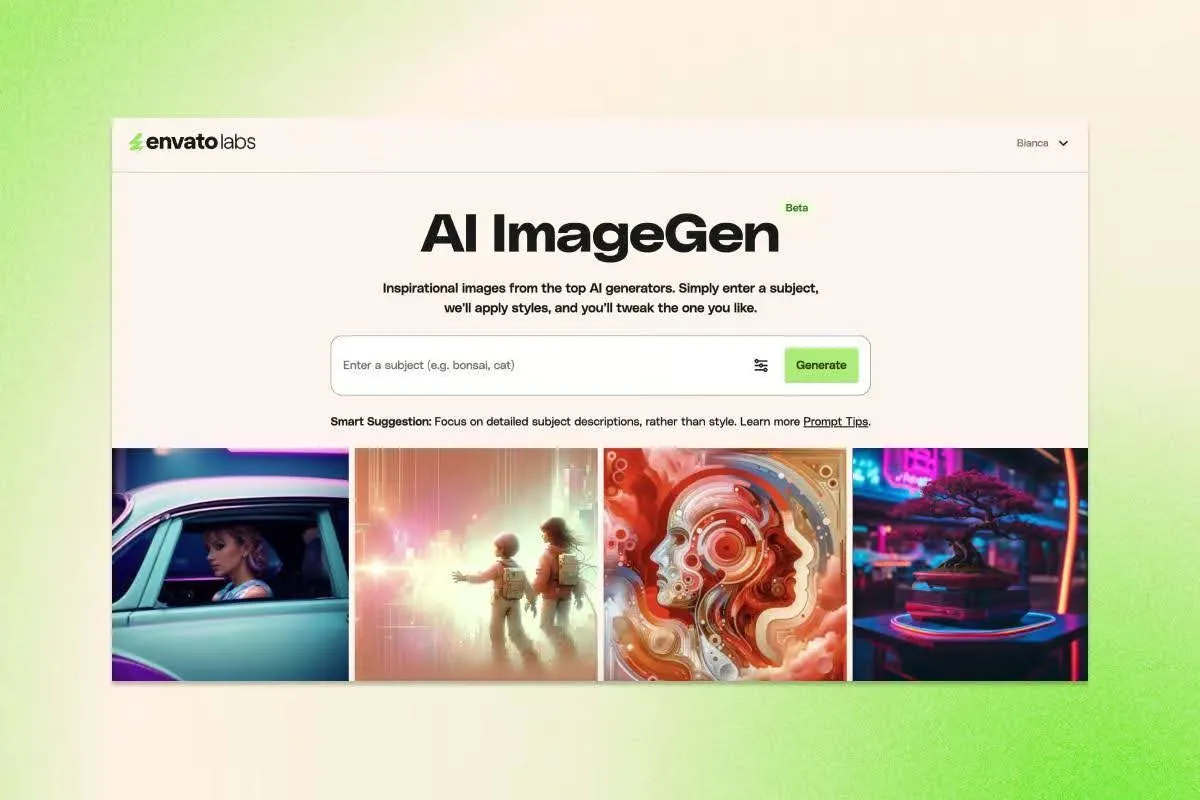 Envato AI ImageGen tool demonstrating easy AI image creation for enterprise marketing materials
Envato AI ImageGen tool demonstrating easy AI image creation for enterprise marketing materials
AI Tools for Business Productivity & Automation
Beyond specific functions like content or data analysis, numerous AI tools focus on enhancing overall business productivity by automating repetitive tasks, organizing information, managing time, and streamlining workflows. These enterprise AI solutions often integrate with existing business software, helping employees reclaim time and focus on higher-value activities.
ChatSpot.ai by HubSpot
ChatSpot.ai combines the power of models like ChatGPT with HubSpot’s CRM data. It acts as a conversational AI assistant specifically for sales and marketing teams using HubSpot. Users can perform tasks like drafting follow-up emails, generating reports, segmenting contacts, researching prospects, and managing leads by simply chatting with the AI. This integration allows enterprise teams to leverage CRM data more efficiently through a natural language interface.
theGist
Information overload from multiple communication channels (Slack, email, project management tools) is a common enterprise challenge. theGist aims to solve this by consolidating notifications and communications from various work apps into a unified, prioritized smart inbox. It uses AI to summarize threads and highlight important information, helping users stay informed without constantly switching contexts or getting overwhelmed by notifications, thereby enhancing focus and productivity.
Motion
Motion applies AI to personal and team time management. It functions as an intelligent calendar and task manager that automatically schedules tasks, resolves conflicts, and prioritizes activities based on deadlines and importance. By leveraging machine learning, Motion aims to optimize schedules dynamically, helping individuals and teams manage their workload more effectively and combat procrastination. This is valuable in enterprise environments where managing complex schedules and competing priorities is crucial.
Lavender.ai
Lavender focuses on improving sales email effectiveness. It acts as an AI email coach that analyzes email drafts in real-time, providing suggestions to improve clarity, tone, and likelihood of getting a response. It analyzes recipient data (where available and permissible) to offer personalization tips and identify the best times to send emails. For enterprise sales and communication teams, Lavender helps standardize effective communication practices and increase engagement rates.
GetResponse
GetResponse offers a suite of marketing tools incorporating AI features, particularly suited for SMBs but also applicable within specific enterprise departments or for certain campaigns. AI assists in building email campaigns, landing pages, and even online courses. Features like an AI email generator, website builder suggestions, and AI product recommendations help users create marketing assets and automate campaigns more quickly, aiming to improve marketing ROI.
AI Software for Project Management
Managing complex projects with multiple stakeholders, dependencies, and deadlines is a core function in many enterprises. AI is being integrated into project management software to automate task scheduling, predict potential risks, provide intelligent status updates, optimize resource allocation, and facilitate team collaboration. These features help project managers stay on top of complex initiatives and improve overall project outcomes.
Asana Intelligence
Asana, a popular project management platform, incorporates AI features (Asana Intelligence) to enhance productivity and insight. AI helps generate project briefs, create smarter workflows, provide concise status updates by summarizing tasks and progress, identify potential project risks or bottlenecks, and assist in writing clear goals. These features aim to reduce manual overhead and provide strategic insights for managing complex cross-functional projects within enterprises.
Trello with Butler Automation
Trello, known for its Kanban-style interface, uses its built-in automation capability, Butler, which incorporates AI principles for rule-based automation. Teams can automate repetitive tasks like moving cards, assigning members, setting due dates, or posting comments based on triggers. Trello also leverages AI for summarizing card comments and descriptions, helping teams quickly grasp context. Its simplicity and integrations make it adaptable for various enterprise team workflows.
Basecamp
Basecamp provides a unified platform for project management and team communication. While not as heavily focused on predictive AI as some others, it uses smart features and automation to streamline project tracking and reporting. Features like automatic check-ins gather regular status updates from team members. AI-assisted features aim to provide high-level overviews of project progress (‘Move the Needle’) without manual collation, simplifying reporting and communication for enterprise teams.
Choosing the Right Types of AI Tools for Your Enterprise
The AI landscape is diverse and rapidly evolving. The types of AI tools for enterprises discussed here—spanning data analytics, communication, content creation, creative generation, productivity, and project management—represent major categories where AI is delivering significant value.
Selecting the appropriate tools requires a clear understanding of specific business challenges, strategic objectives, and operational needs. Enterprises must consider factors like scalability, security protocols, integration capabilities with existing systems (like CRMs and ERPs), ease of use, and the potential return on investment. Rather than adopting AI for its own sake, the focus should be on identifying specific use cases where these powerful tools can genuinely enhance efficiency, foster innovation, and drive measurable business outcomes. By carefully evaluating the different types of AI solutions and aligning them with strategic priorities, enterprises can effectively harness the power of artificial intelligence to gain a competitive edge. Explore the possibilities, stay informed about advancements, and strategically integrate AI to scale your impact.

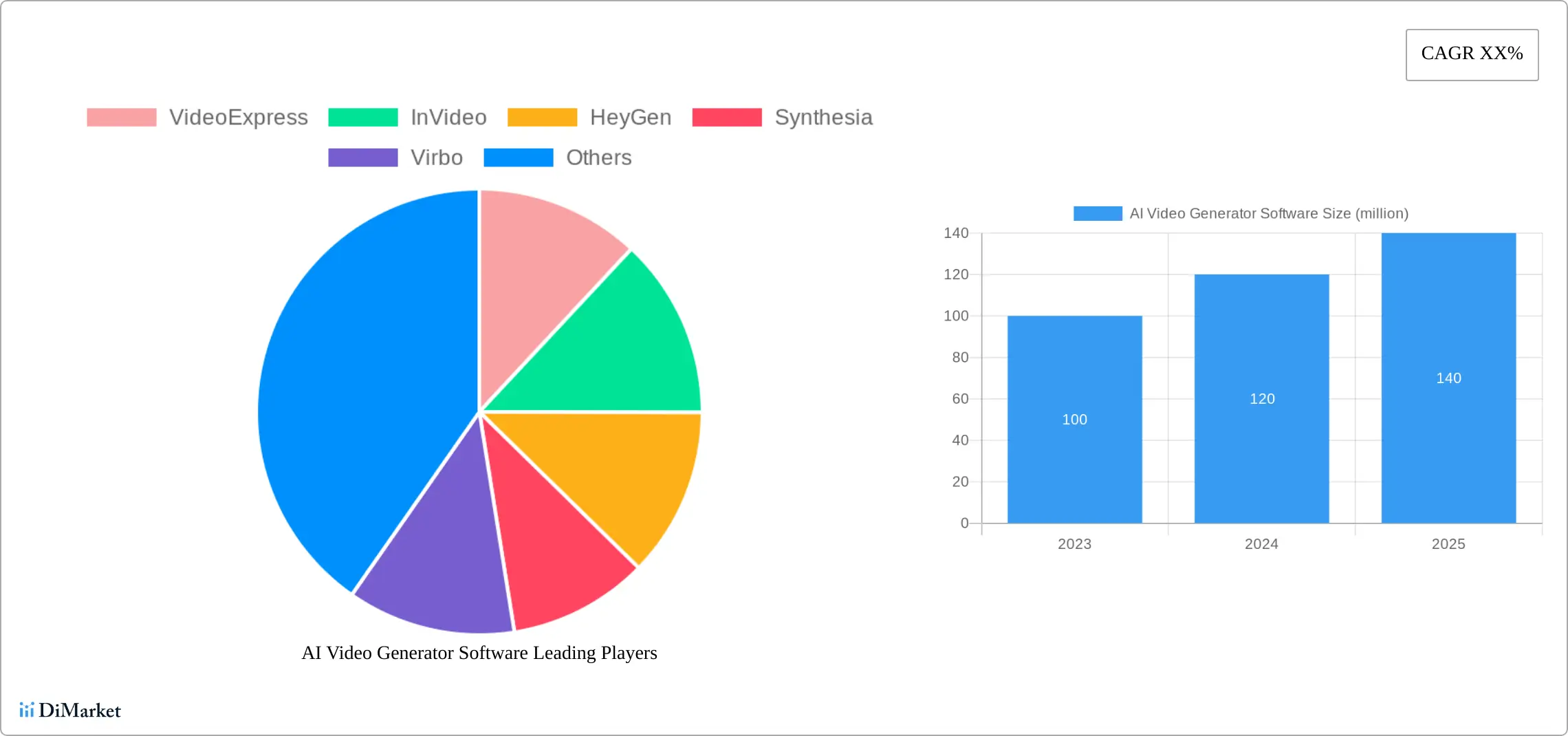
![AI Cyber Attacks Statistics [2025 and beyond]](https://sdigi.net/wp-content/uploads/2025/07/digital-art-ai-technology-background-1024x576-1.webp)

